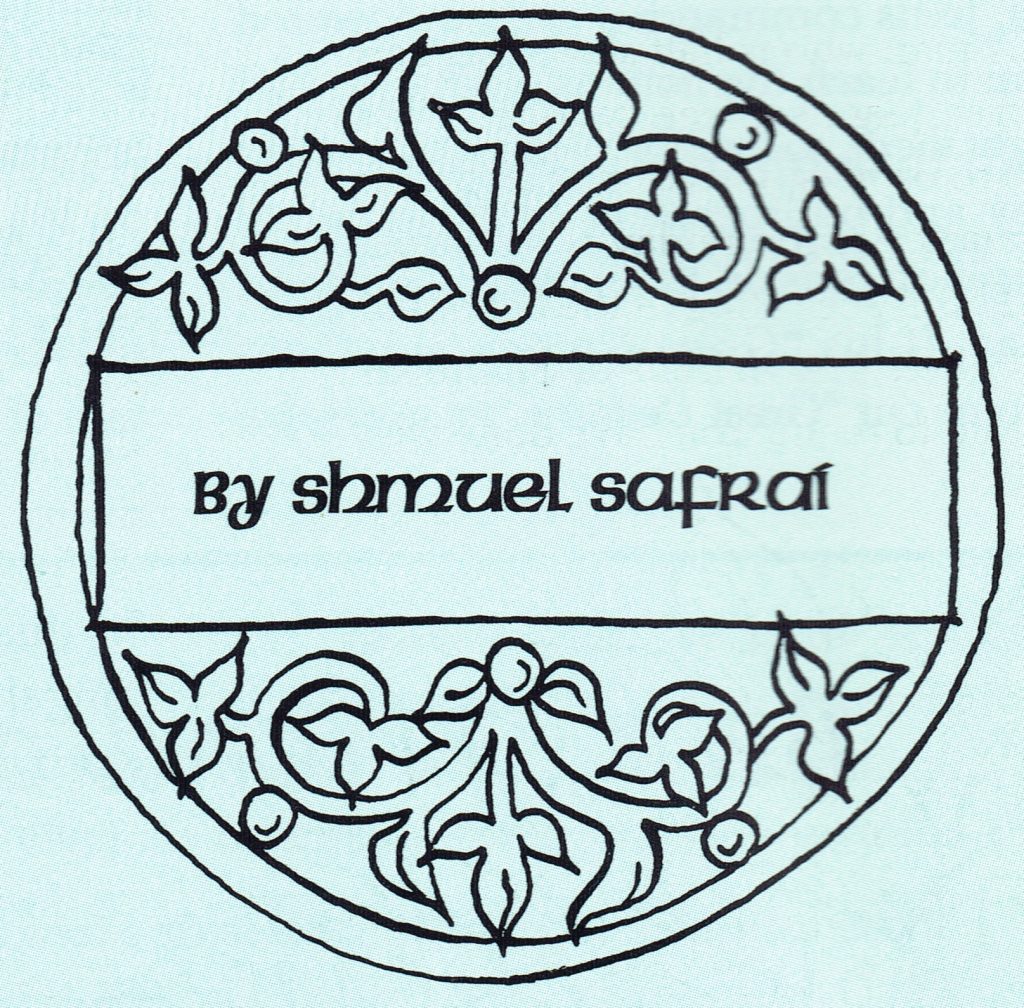
In the time of Jesus, Torah scrolls were handleless. There is not one mention in all of rabbinic literature of a Torah scroll being rolled around two wooden rods with handles. Today this is the custom of Ashkenazim, who call these rods עֲצֵי חַיִּים (‘a⋅TZĒ ḥa⋅YIM, “trees of life”) on the basis of Proverbs 3:18. Sepharadim encase Torah scrolls in special wooden boxes with spindles around which the ends of the scroll are wound. This case, like the handles of the “trees of life,” protects the parchment of a scroll from unnecessary handling that shortens the scroll’s life. When reading from the scroll, the case is opened, often being placed upright on the reading stand.

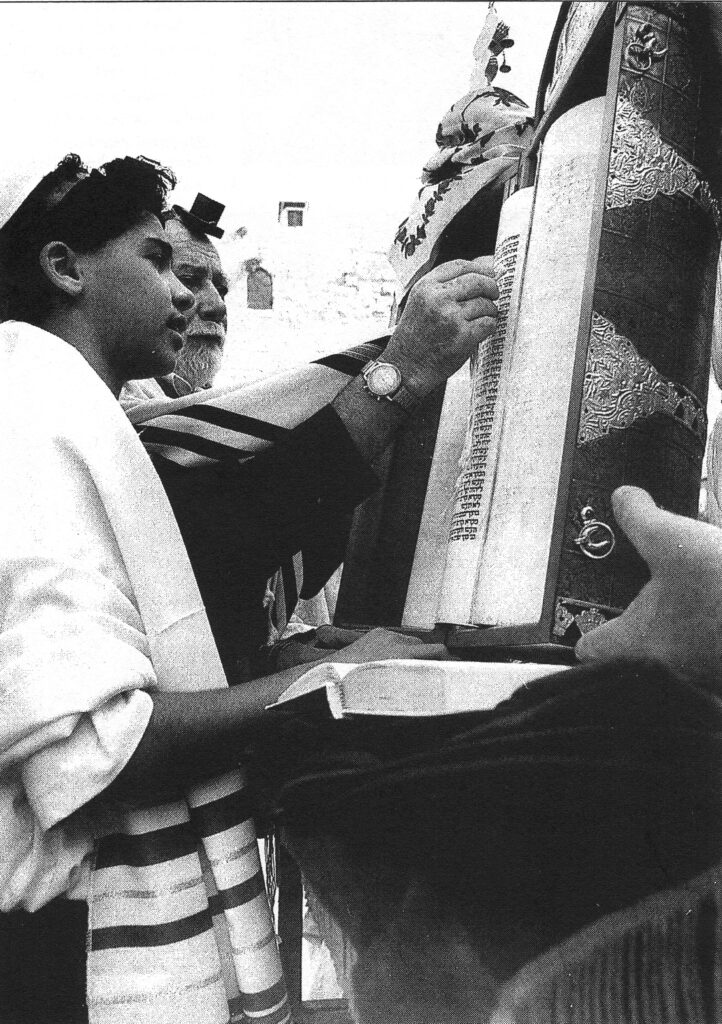
In the time of Jesus a Torah scroll was held in one’s hands, and rolled and unrolled with the hands. No handles were used to grip the scroll. Even now among Ashkenazim, the five biblical books which are read at home during the minor festivals (Song of Songs, Ruth, Lamentations, Ecclesiastes and Esther) have no handles, being read from a parchment roll as in the first century.
Second Temple-period sources sometimes mention a Torah scroll being tucked away in one’s bosom, that is, in one’s clothing in the compartment created above the belt between the outer robe and inner undergarment. Scrolls were often carried in this convenient storage place and the sages ruled that one should not flip out the scroll from this compartment similar to the way that today some smokers flip a pack of cigarettes out of their shirt pocket by bending forward (Tractate Soferim 2:9, addition 2, ed. Higger, p. 381), as this was considered disrespectful.
![Ezra, or Moses, holding an open scroll by its two rolled ends. A panel of the frescoes that covered the walls of the mid-third-century C.E. synagogue at Dura-Europos, Syria. Photograph from Gillman slide collection. [Public domain], via Wikimedia Commons.](https://www.jerusalemperspective.com/wp-content/uploads/1992/03/DuraSyn-III-Jeremiah-187x300.jpg)
A “scroll cloth” also is mentioned in Mishnah, Moed Katan 3:2. This was a piece of cloth which was inserted and rolled up in the scroll. The cloth protected the back side of the scroll from dirt and oiliness of readers’ hands while also preventing contact between the written and unwritten sides of the scroll.
According to halachah one is to hold the scroll by its back side not touching the written side of the scroll (Tractate Soferim 2:10, addition 2, ed. Higger, p. 382).
A Torah scroll is depicted in the frescoes that covered the walls of the mid-third century C.E. synagogue at Dura-Europos. Ezra, or Moses, is shown reading from an open scroll and he holds it with both hands by its two rolled ends, touching only its back side as prescribed by halachah.
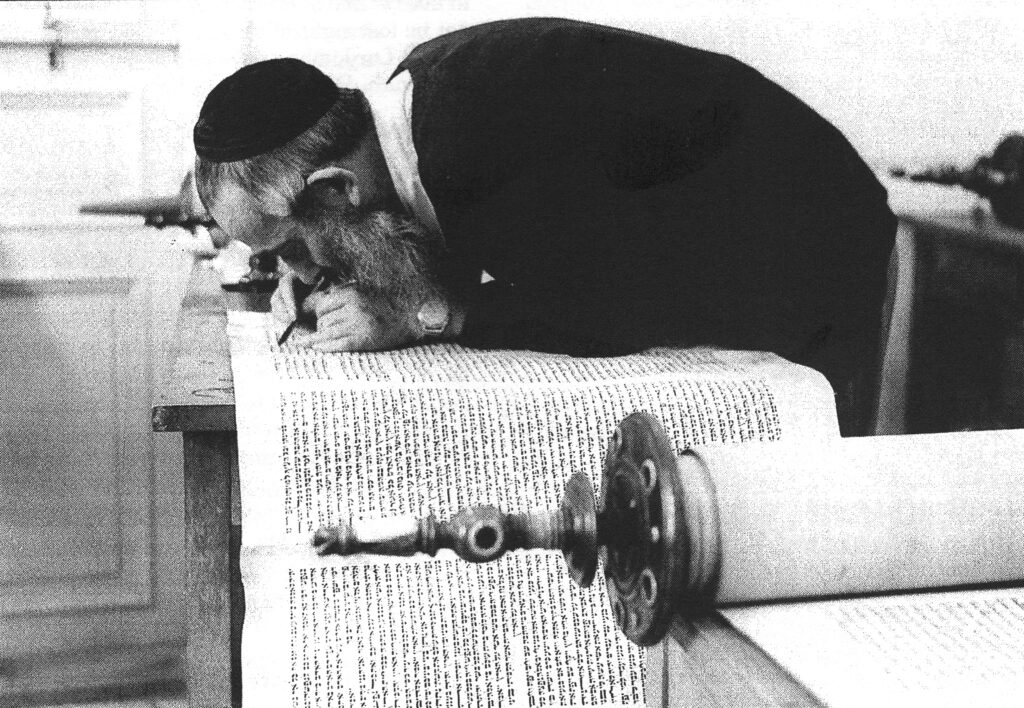
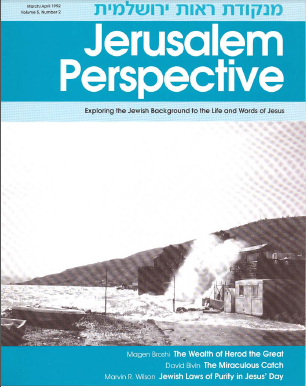

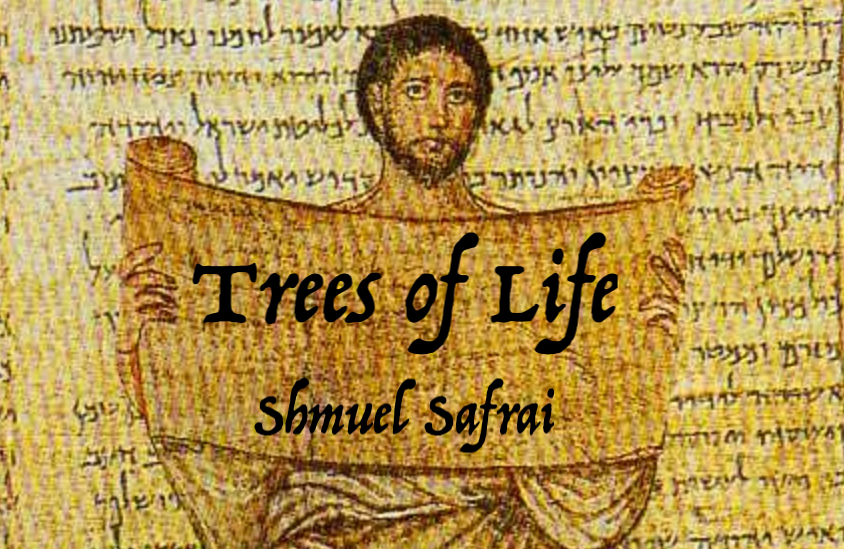
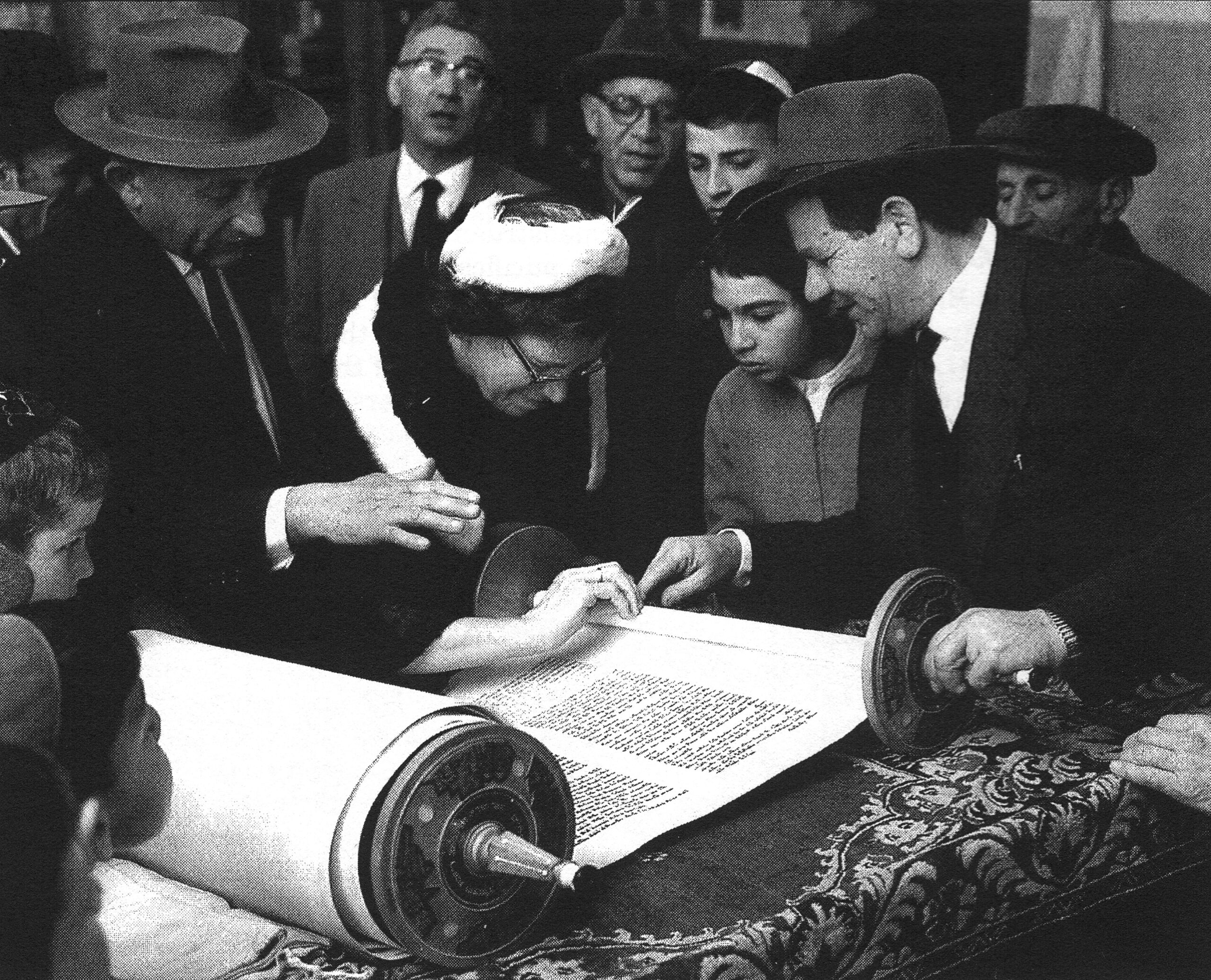
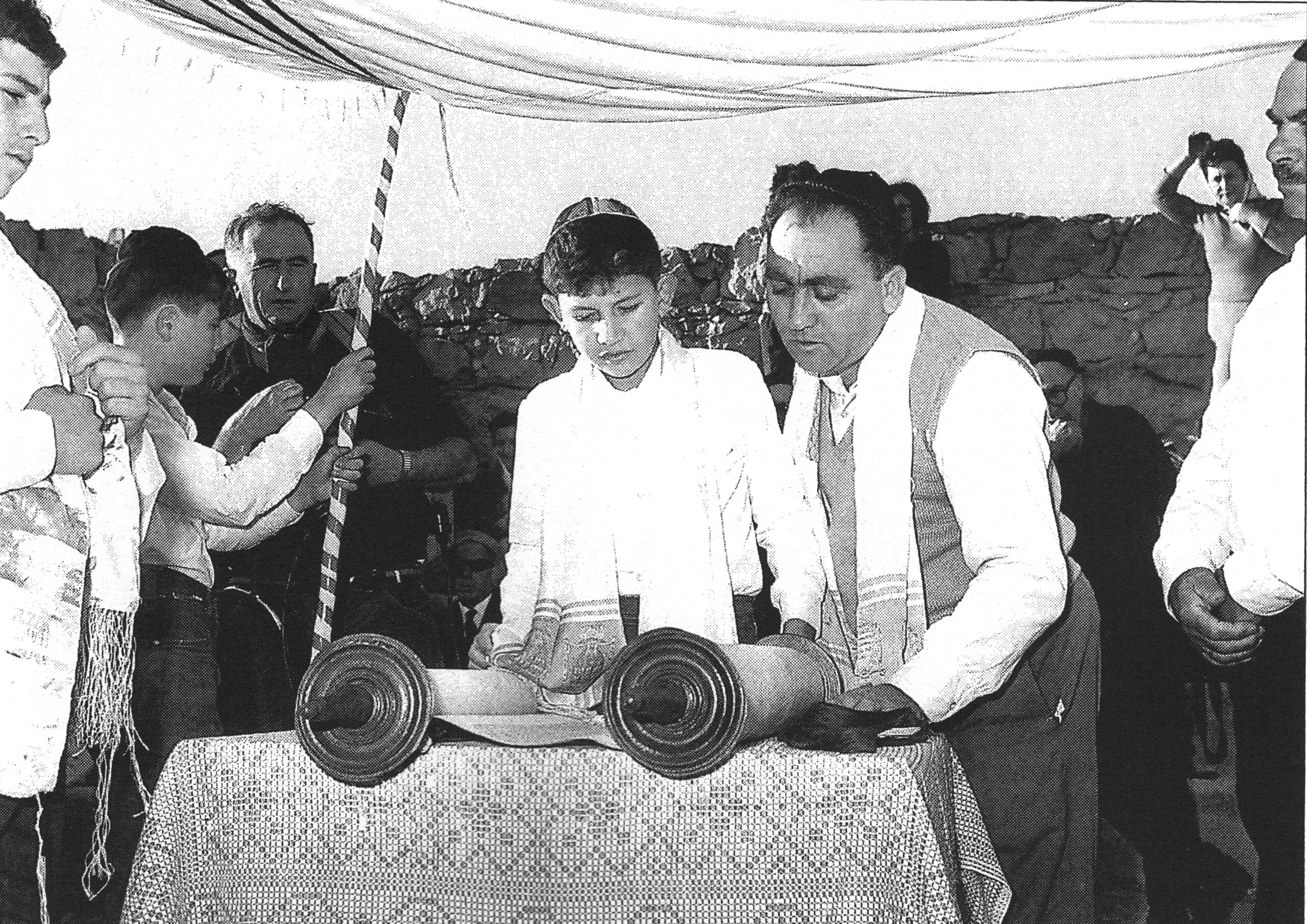
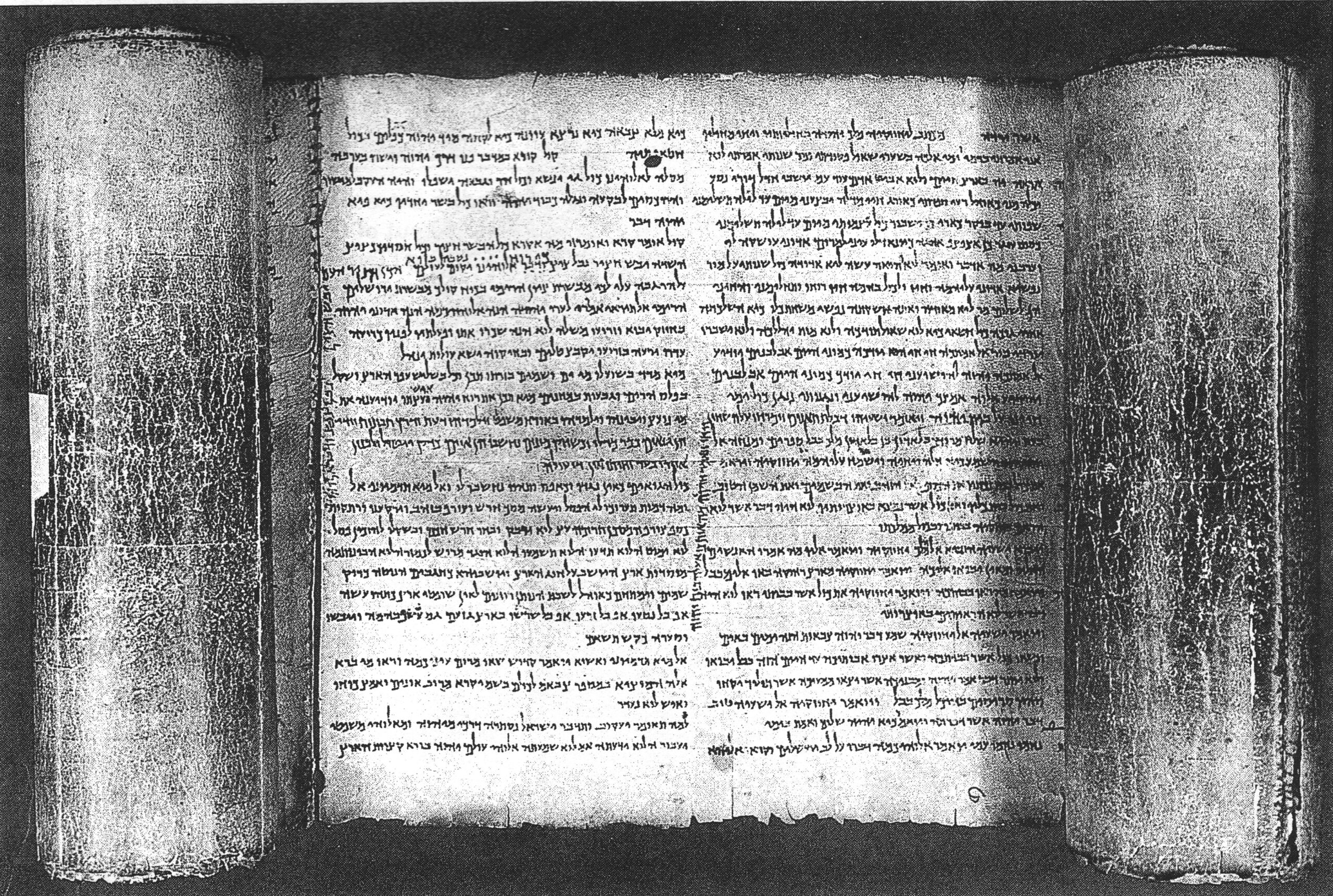
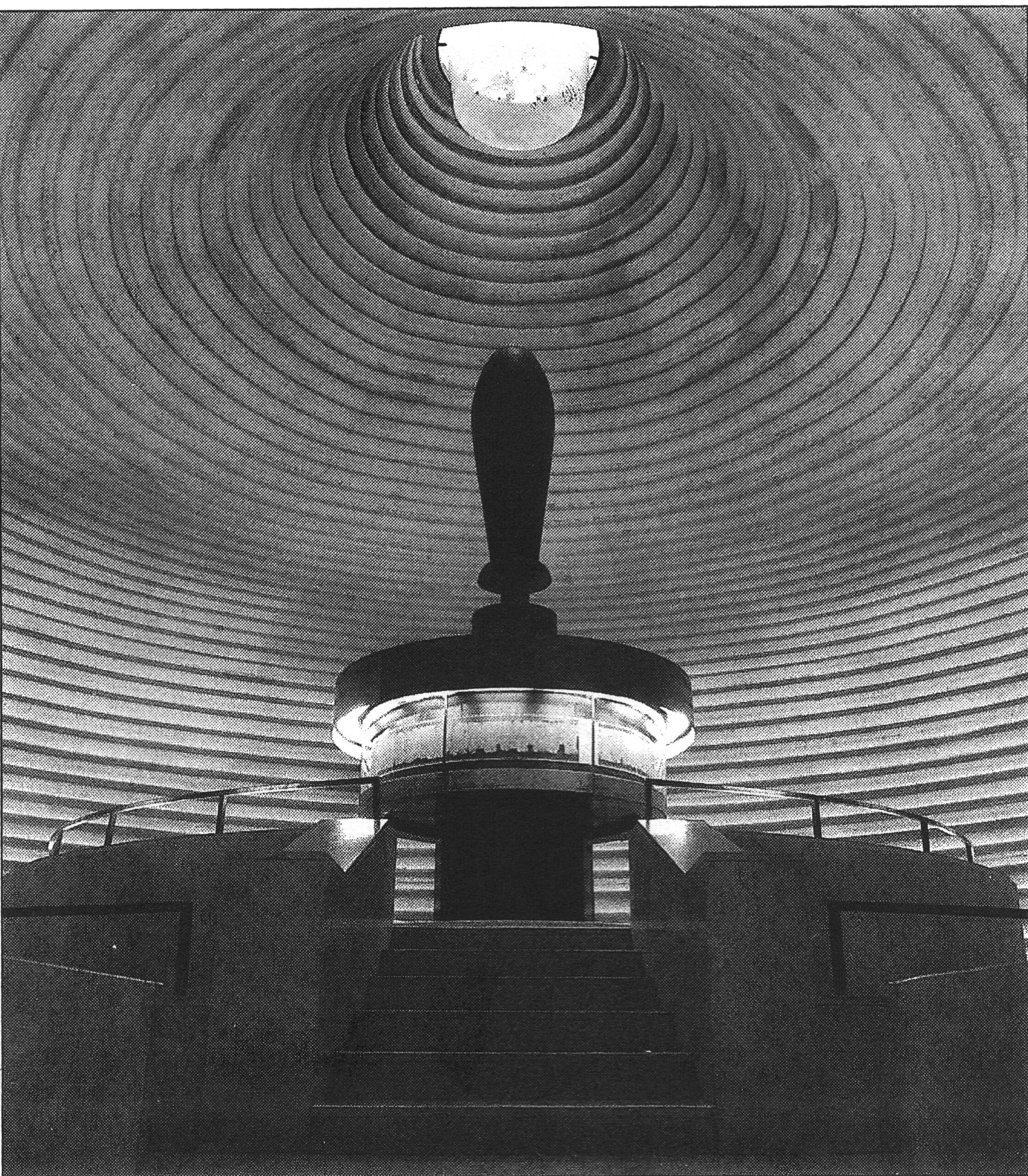
![Shmuel Safrai [1919-2003]](https://www.jerusalemperspective.com/wp-content/uploads/userphoto/20.jpg)
